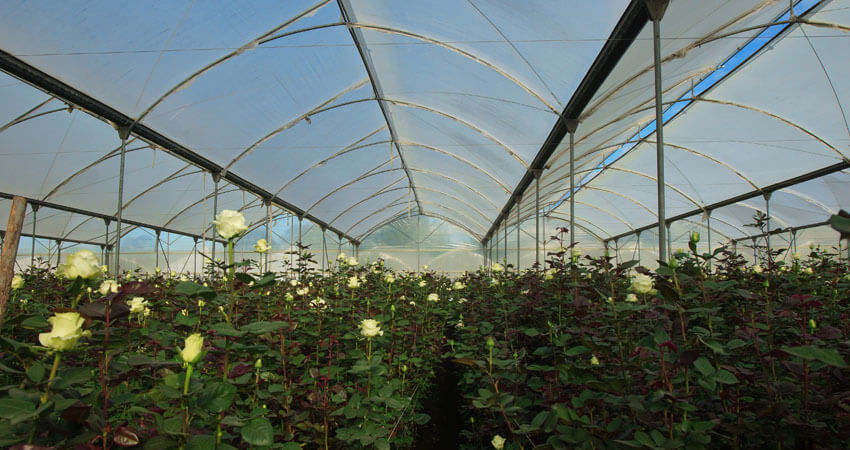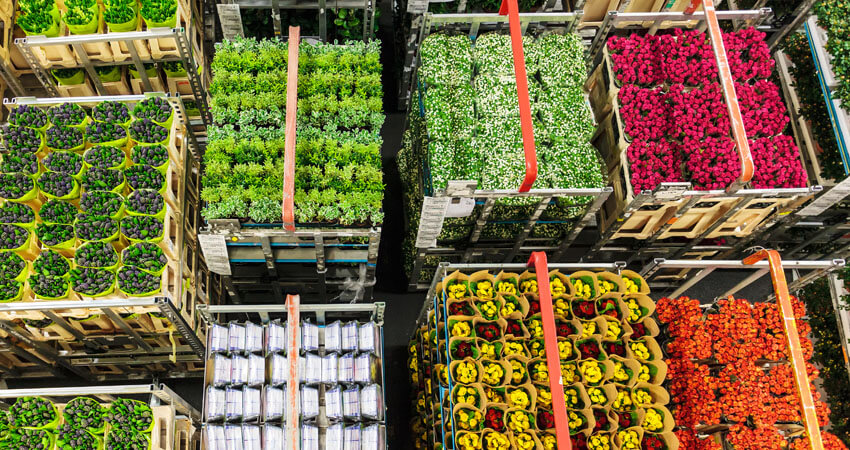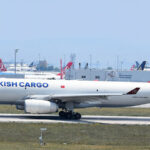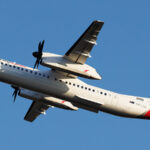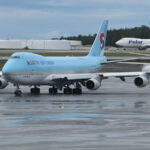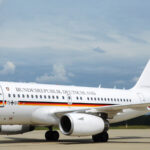On certain dates, streets and markets around the world are filled with flowers, especially roses. One of the most special dates worldwide is Valentine’s Day: Lovers’ Day is an almost universal celebration. But where do so many flowers come from at the same time?
The answer is to be found in some areas with pleasant climates and ideal conditions, such as Colombia, Ecuador and Kenya, three of the world’s largest flower producers. But another big player appears on this list: the Netherlands. These countries account for a large part of the international flower market.
This trade generates a large amount of cultivated space, with a high technology in the whole process to improve its sustainability, but also in relation to its environment and other products. For example, in Kenya, its production is associated with avocado production, since both species improve and make their production more sustainable.
But how do they get from these countries to the large centers of consumption? How can such a perishable product reach consumers fresh? The answer is obvious when you think of speed and efficiency in the transport of goods: cargo planes.
Valentine’s Day fever: a logistical challenge
Valentine’s Day is celebrated every year on February 14. Known as Valentine’s Day or Sweetheart’s Day, depending on the country, it is an occasion when flower sales skyrocket: millions of people are simultaneously looking to buy bouquets of roses.
To understand the enormous challenge this represents, to understand the enormous challenge this poses must be taken into account: in February, most of the countries where roses are bought the most are in the middle of winter. Therefore, they have to be brought in from other places where the climate is milder.
This is where countries such as Kenya (the world’s largest producer of roses), or Latin American countries such as Colombia, Ecuador and Peru come into play. But roses are perishable, they keep for only a few days, and the main consumers are far away. That is why cargo planes are central.
This also makes it possible to generate a sustainable market, since these countries, located in areas with warm climates and with a suitable geography for these productions, are able to place their products at the right time. Thus, transportation by air allows adjusting the timing of nature to that of consumers.
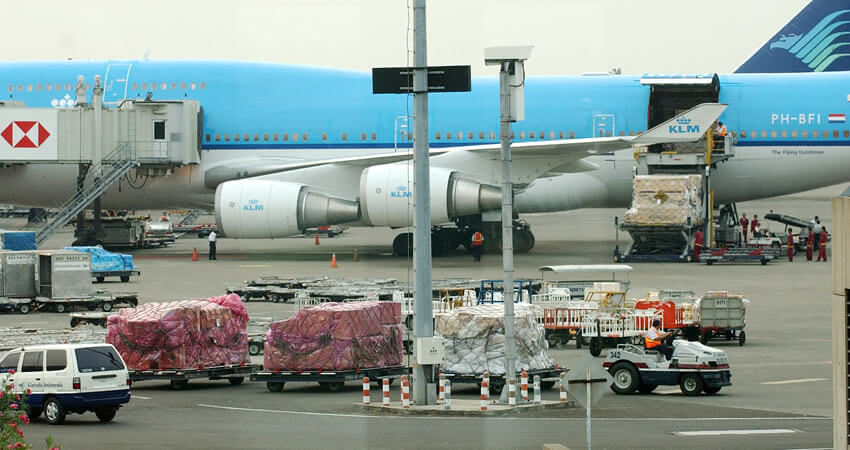
Cargo airports
Countries such as Ecuador have a strong foreign trade in flowers. So much so that it accounted for 3.4% of its exports in 2021, with almost $1 billion in the year. But this is also noticeable in another revealing fact: the importance of cargo airports in Guayaquil and Quito.
Unlike other countries, where airports may not be very important in the total foreign trade, in the case of Ecuador its two main cities are home to the fourth and fifth largest exit sites for its products. Guayaquil and Quito are just behind Puerto Bolivar and Tulcan, second and third on the list.
his is also the case in other countries mentioned. It is so important that, for example, the Flower Watch organization [https://www.flowerwatch.com/] certifies the quality of cargo transport of these delicate products. Likewise, this type of organization ensures the sustainability of these products, both in the places where they are grown and in the way they are transported, handled and marketed.
The flower trade with cargo planes has many challenges. On the one hand, demand tends to be concentrated on a few particular days, requiring the movement of larger quantities in less time. For example, the aforementioned Valentine’s Day triggers shipments.
Here, air cargo [Air Cargo] provides a solution. Its reduced times, versatility and ability to care for such a delicate product offer a performance that would make any other form of global flower marketing unfeasible.
Also, some countries or regions have special days when the demand for roses also grows. For example, September 22 is its world day, but in countries such as the United States or India it is celebrated in June. Meanwhile, in Spain, on April 23, it is also traditional to give a rose as a gift for Catalonia’s regional holiday, Saint Jordi.
A strong economic driver
Far from being secondary products in the economy of many of these countries, the flower market is central and accounts not only for a significant percentage of exports, but also for a large labor force.
For example, in Kenya, it is estimated that almost one million people work in the rose flower industry. The country is the world’s largest producer of these flowers, which account for 10% of its exports. Large quantities of roses leave Nairobi airport every year and are quickly sold to their main destinations: The Netherlands, United Kingdom, Germany, Russia, Saudi Arabia or the United Arab Emirates.
For Colombia and Ecuador, on the other hand, they represent between 4 and 3.5 percent of their exports. Although it may seem minor, this makes them major players in this market, occupying second and third place. In addition, their exports have a key destination, the world’s leading importer: the United States. Between them, they account for 83% of the flowers arriving in that country.
The situation of the Netherlands is different. Although it is the world’s leading exporter, with almost 50% of sales, the diversification of its economy makes it a relatively minor product in its national accounts. However, it has specialized in services linked to floriculture: for example, its national airline, KLM, is one of the main carriers of flowers worldwide.
